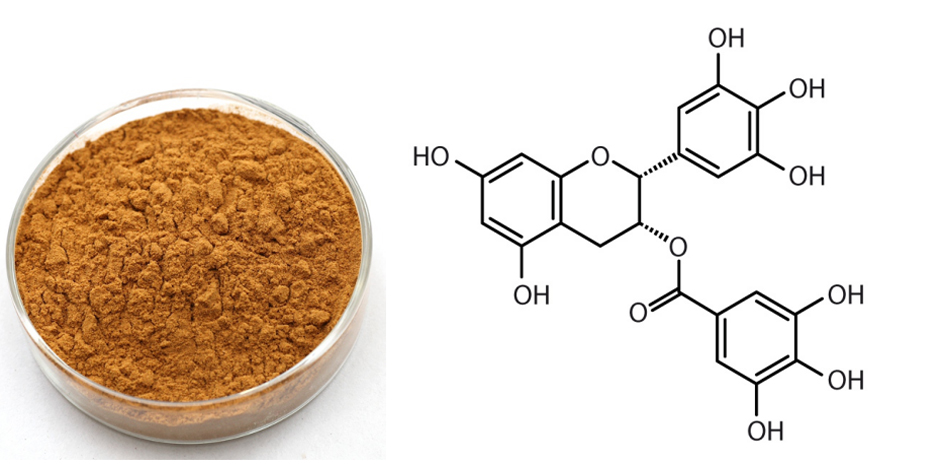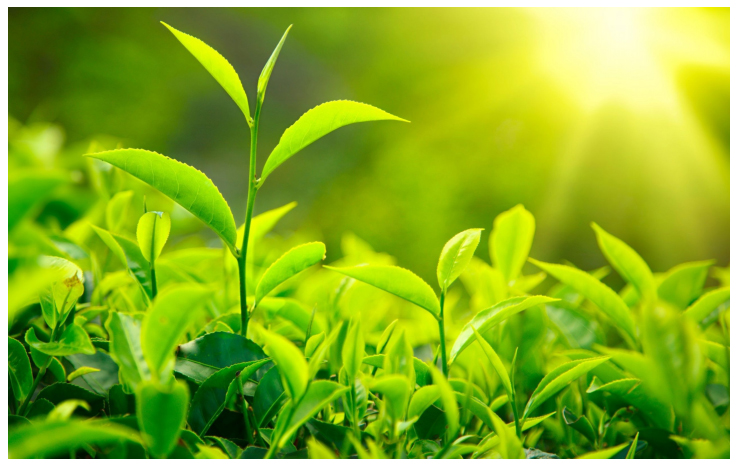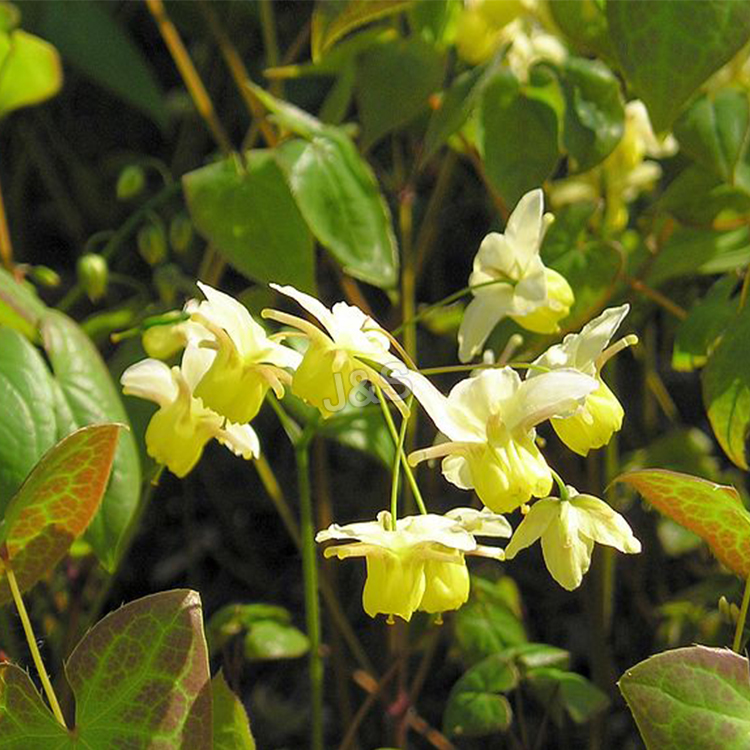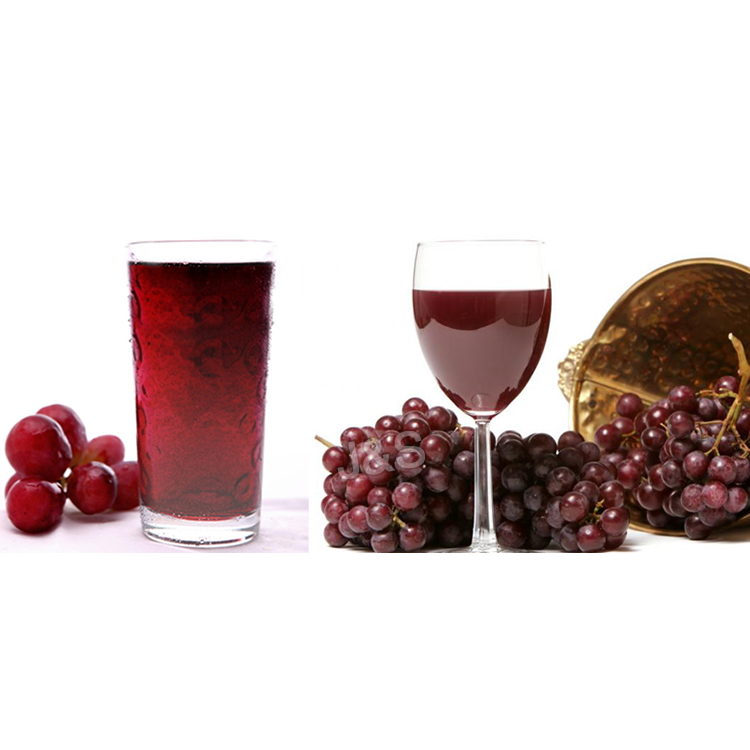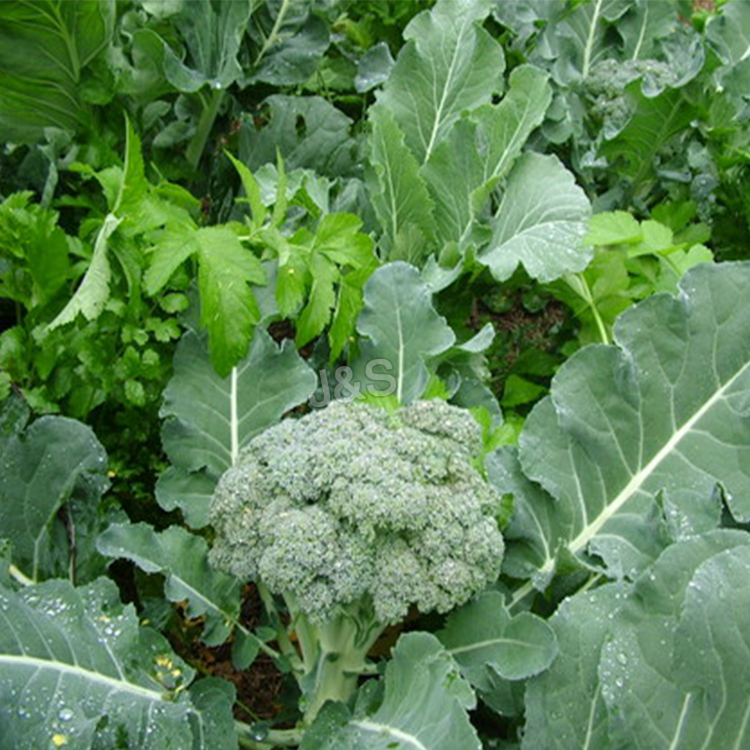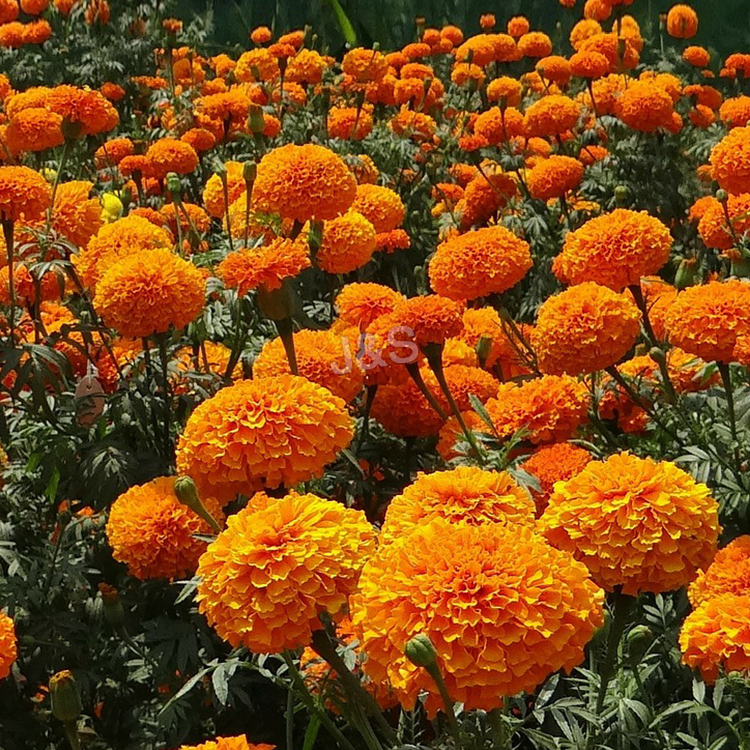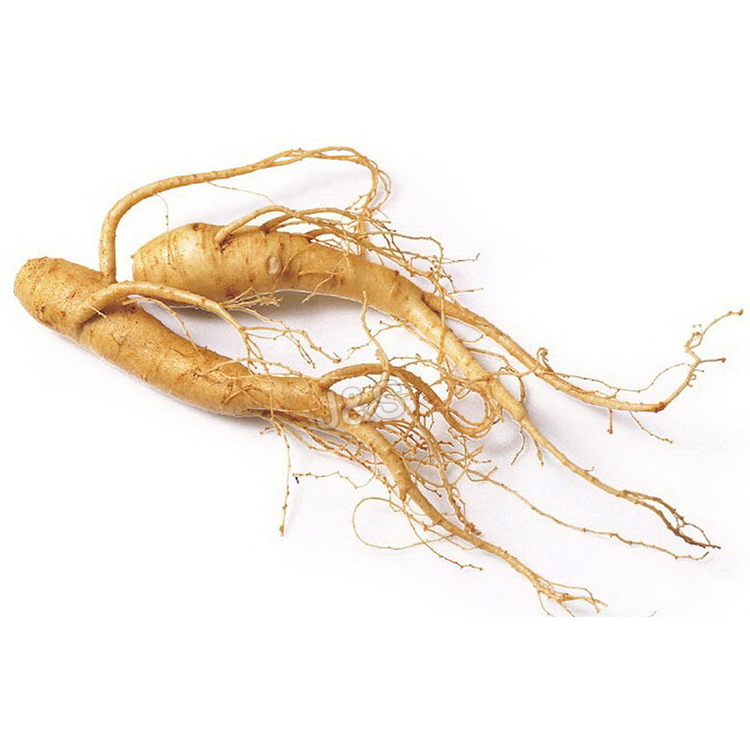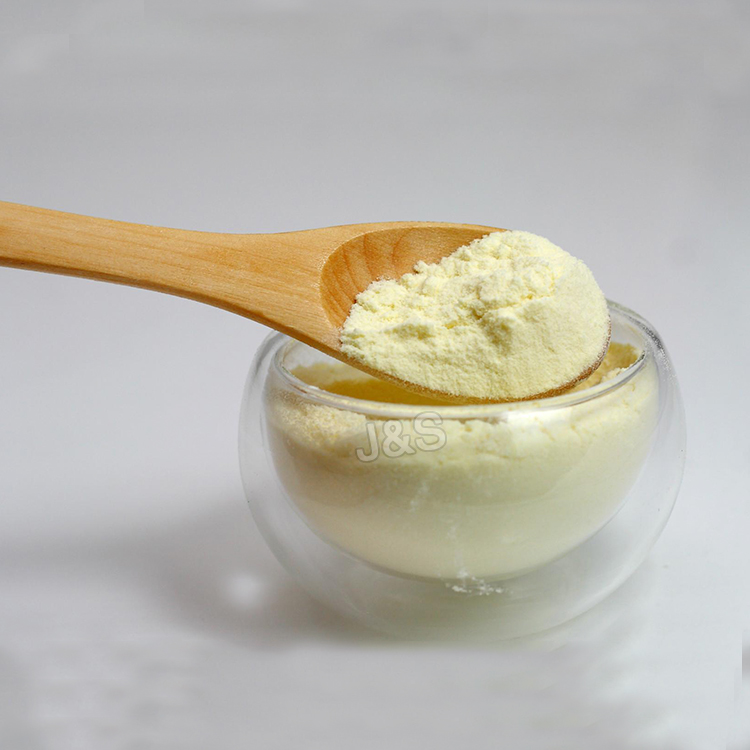Online Manufacturer for Green tea extract Factory from Canberra
Online Manufacturer for Green tea extract Factory from Canberra Detail:
[Latin Name] Camellia sinensis
[Plant Source] China
[Specifications]
Total tea polyphenols 40%-98%
Total catechins 20%-90%
EGCG 8%-60%
[Appearance] Yellow brown powder
[Plant Part Used] Green tea leaf
[Particle size] 80 Mesh
[Loss on drying] ≤5.0%
[Heavy Metal] ≤10PPM
[Storage] Store in cool & dry area, keep away from the direct light and heat.
[Package] Packed in paper-drums and two plastic-bags inside.
[What is green tea extract]
Green tea is the second largest beverage demanded by consumers worldwide. Used in China and India for its medicinal effects. There are several compounds extracted from green tea including catechins which contain an enormous amount of hydroxyphenols that are easily oxidized, congregated and contracted, which explains its good anti-oxidation effect. Its anti-oxidation effect is 25-100 times as strong as those of vitamin C and E.
It is widely used in medicines, agriculture, and chemical and food industries. This extract prevents cardio-vascular disease, lowers the risk of cancer, and decreases blood sugar and blood pressure, as well as viruses. In the food industry, the anti-oxidation agent used for preserving food and cooking oils.
[Function]
1. Green tea extract can reduce blood pressure, blood sugar, blood lipids.
2. Green tea extract has the function of removing radicals and anti-aging.
3. Green tea extract can enhance the immune function and prevention of colds.
4. Green tea extract will anti-radiation,anti-cancer, inhibiting the increasing of cancer cell.
5. Green tea extract used to anti-bacterium, with the function of sterilization and deodorization.
[Application]
1.Applied in cosmetics field, Green tea extract owns the effect of anti-wrinkle and anti-Aging.
2.Applied in food field, Green tea extract is used as natural antioxidant, antistaling agent, and anti-fading agents.
3.Applied in pharmaceutical field, Green tea extract is used to prevent and cure cardiovascular disease, diabetes.
Product detail pictures:
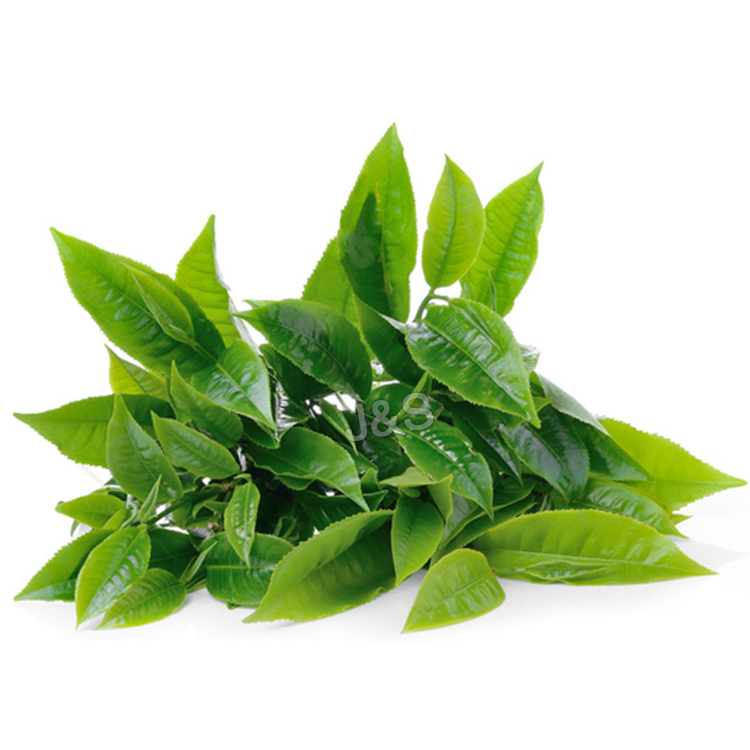
Related Product Guide:
We've been convinced that with joint efforts, the enterprise between us will bring us mutual benefits. We could guarantee you item excellent and aggressive price tag for Online Manufacturer for Green tea extract Factory from Canberra , The product will supply to all over the world, such as: Portland, Malta, Cairo, Our company always provides good quality and reasonable price for our customers. In our efforts, we already have many shops in Guangzhou and our products have won praise from customers worldwide. Our mission has always been simple: To delight our customers with best quality hair products and deliver on time. Welcome new and old customers to contact us for the future long term business relationships.
LUXXE PROTECT GRAPESEED extract is a concentrated, natural plant material filled with anti-oxidants known as Oligomeric Pro-anthocyanidins. The nutrients found in grape seed extract provide your body with an abundant source of vegetable protein, Lipids and Polyphenols. The Polyphenols are a kind of bioflavanoid with a reputation as a potent anti-oxidant. These Polyphenols are 50 times more powerful than vitamin C and 20 times than vitamin E.
Another benefit of taking LUXXE PROTECT grape seed extract is its ability to fight cancer. Laboratory studies regarding the use of grape seed extracts to fight or prevent cancer are also looking into benefits of taking grape seed extract to fight breast, stomach, colon, prostate and lung cancers.
SMS / VIBER: +639175832229
Instagram: @frontrow_international
Email: frontrowphilippinesmembership@gmail.com
Website:
https://aphrodite-shops.wix.com/home#!blank/hj1qs
https://penishealthproducts.blogspot.com You’re about to enjoy the results… It really works, helping men address sexual concerns, erection issues, premature ejaculation or simply a lost spark that many guys want back.
ProSolution Plus™ is a leader among natural male enhancement supplements and gives you better results. ProSolution™ is the leading natural male enhancement supplement:
We guarantee that ProSolution Plus™ will transform your sex life and help you enjoy more sexual activity, performance and satisfaction with what you bring to your partner.
We are old friends, the company's product quality has been always very good and this time the price is also very cheap.
